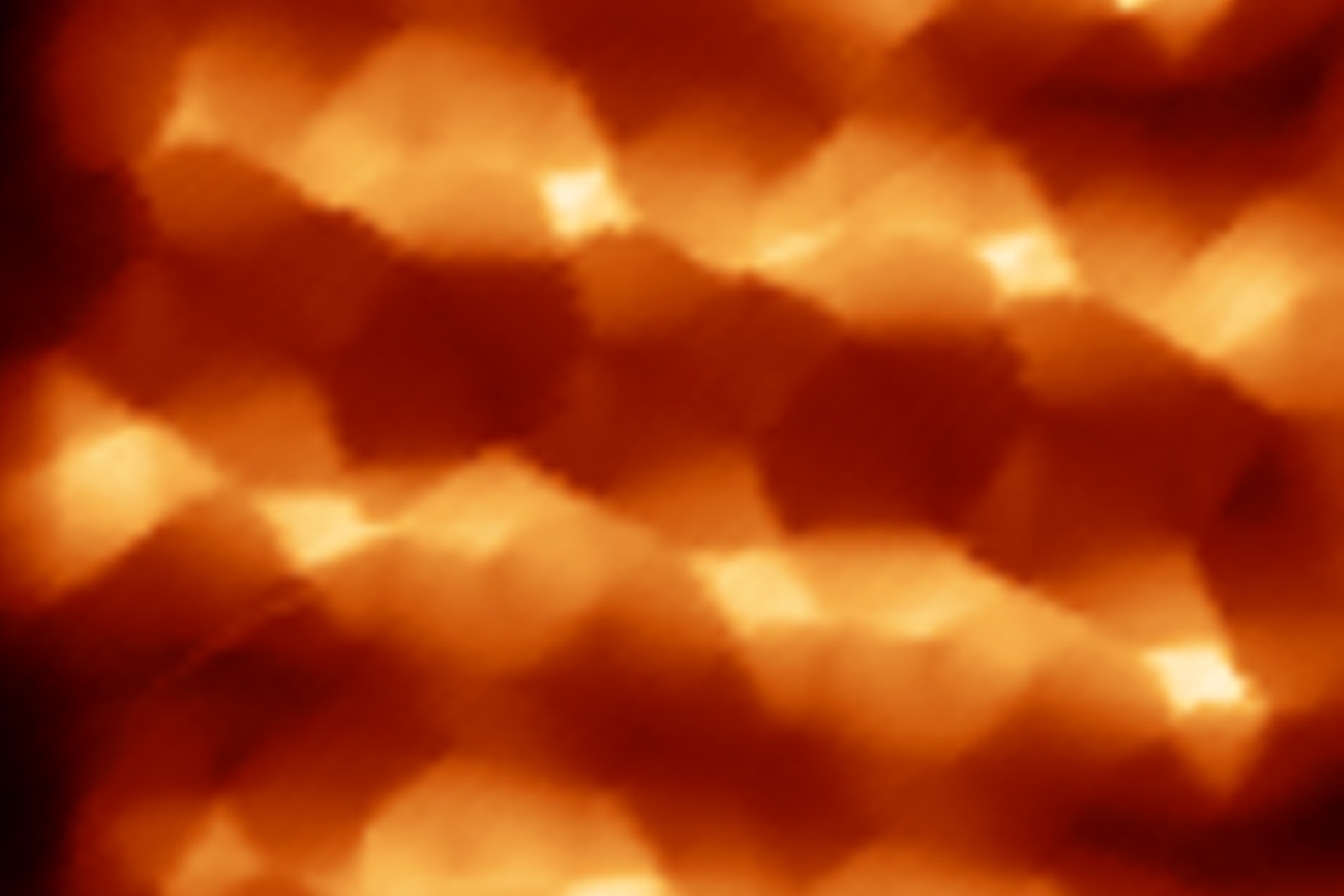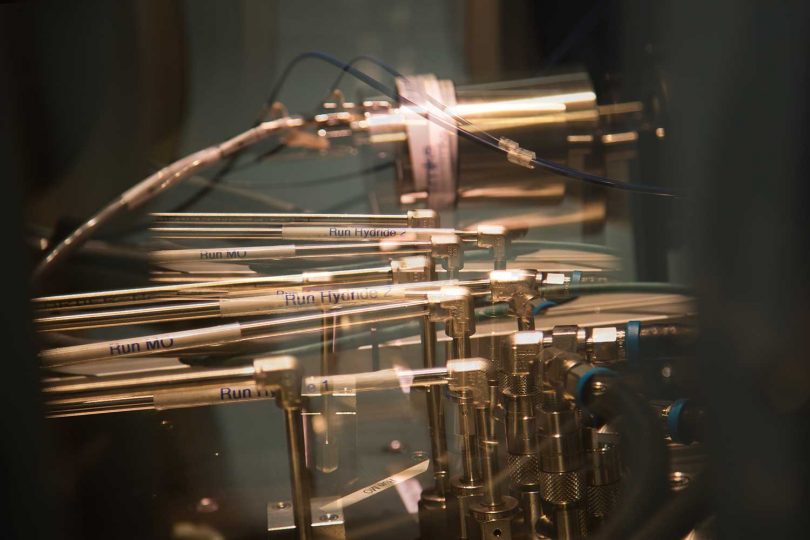First fundamentals for designer sugar TU researchers isolate individual sugar molecules
Carbohydrates are the stuff of life. From the smallest worm to us humans to the sequoia tree: about two thirds of the components of all living things usually end in the sugar-typical suffix “-ose”. Therefore, there are enough reasons to take a very close look at sugars. All the more astonishing, then, that until now it has hardly been known what these molecules look like in detail. In an international network, researchers at TU Braunschweig have now succeeded in mapping and characterising individual molecules.

Sugar molecules under the microscope. Photo credit: AG Schlickum/TU Braunschweig
Understanding the structure of sugar molecules in detail is far from being just “good to know”. Carbohydrates are extremely functional. Industries use carbohydrates to produce textiles, medicines and biofuels. While proteins can now be specifically designed as desired, the scientific basis for an equivalent carbohydrate design has been lacking until now. In the case of sugar, the methods that normally isolate individual protein molecules have reached their limits. Targeted design remains an idea on the distant horizon.
In collaboration with the Cluster of Excellence QuantumFrontiers, scientists have succeeded for the first time in researching individual sugar molecules and the interaction between them at sub-molecular resolution.
Sugar in isolation
In order to isolate the individual sugar molecules, the scientists combined two large-scale devices. First, an electrospray deposition system brings the dissolved sugar up to ultra-high vacuum and onto an atomically clean metal surface, then the individual molecules are imaged with a scanning tunnelling microscope. To achieve the high resolution, i.e. the detailed imaging within a sugar molecule, specially functionalised tips (carbon monoxide tip atom) were used. For targeted design and future applications of carbohydrate-based substances, detailed understanding is the first step.

